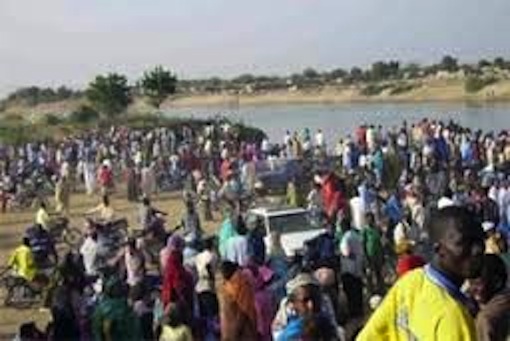30th November, 2017

The UN on Thursday said 3.3 million Somalis would require urgent life-saving assistance in 2018 due to combined
vulnerabilities resulting from drought-induced displacement, conflict and limited access to basic services.
The UN report on Humanitarian Needs Overview (HNO) released by the Somalia Humanitarian Country Team states that some 6.2 million people, half of the population of Somalia, will need humanitarian assistance and protection in 2018.
Peter Clercq, the Humanitarian Coordinator for Somalia, said drought and conflict continued to be the major drivers of humanitarian needs in Somalia.
He added that the civilian population in many parts of the country were exposed to significant protection risks, dignity and their well-being on daily basis.
Clercq said “providing life-saving assistance, reducing emergency levels of acute malnutrition, reinforcing provision of resilience support; the centrality of protection will inform our response strategy for next year.”
He called for collective Somali and international efforts to support the 2018 Humanitarian Response Plan once it was launched early next year.
According to the report, the severe drought, spanning almost four consecutive poor rainy seasons, has resulted in harsh and growing humanitarian needs across Somalia.
The UN said over one-third of those in need (6.2 million) were Internally Displaced Persons (IDPs).
This, the UN said, included 866,000 people in emergency as of November, reflecting a sharp spike in the number of most vulnerable people, up from 83,000 people in emergency in January.
The report which identifies priority needs to support informed strategic planning and resource mobilisation for the Humanitarian Response Plan for 2018, says over one million people have been displaced due to drought and conflict since January, mainly from rural areas to urban centres.
“The estimated number of displaced in Somalia is now above two million.
“With the current Deyr season (October-December) having started late and generally performing below average marks a fourth failed rainy season,” the HNO said.
It warns that the long-term forecast of a below-average Gu season from April to June 2018, the prospects for relief are grim.
“The serious and persisting humanitarian situation requires a simultaneous and complementary effort to address the underlying causes to recurring crises, including food insecurity and mass displacement,” says the report.
The UN report says malnutrition rates are on the rise, with the overall median prevalence of Global Acute Malnutrition (GAM) rate at 17.4 per cent, significantly above the emergency threshold of 15 per cent.
Similarly, About 32,000 people have been displaced by conflict and severe drought ravaging several parts of Somalia in October, the UN humanitarian agency said on Thursday.
The UN Office for Coordination of Humanitarian Affairs (OCHA) said in its latest bulletin this is a slight decline in the number of newly displaced people, compared to about 49,000 people displaced in September.
“Of those displaced in October, 23,000 were due to drought related reasons as the cause of the displacement, while 8,000 cited conflict,” the UN said.
The Horn of Africa nation is in the midst of unprecedented drought after rains failed for the fourth year in a row.
Humanitarians in Somalia have mobilised 1.2 billion dollars since January for famine prevention to reach the most vulnerable with life-saving assistance.
The UN agency, which cited figures compiled by the UNHCR-led Protection and Return Monitoring Network (PRMN), said more than one million people have been displaced due to drought compounded by armed conflict since January, mainly from rural areas to urban centres.
It said the latest displacements bring the estimated number of displaced in Somalia to more than two million people.
“It is imperative to complement humanitarian assistance with more sustainable durable solutions for IDPs, currently making up more than 16 per cent of the population,” said OCHA.


